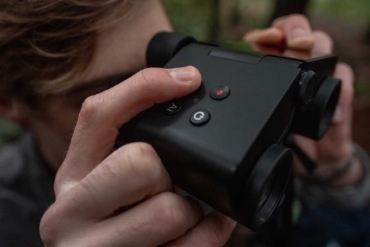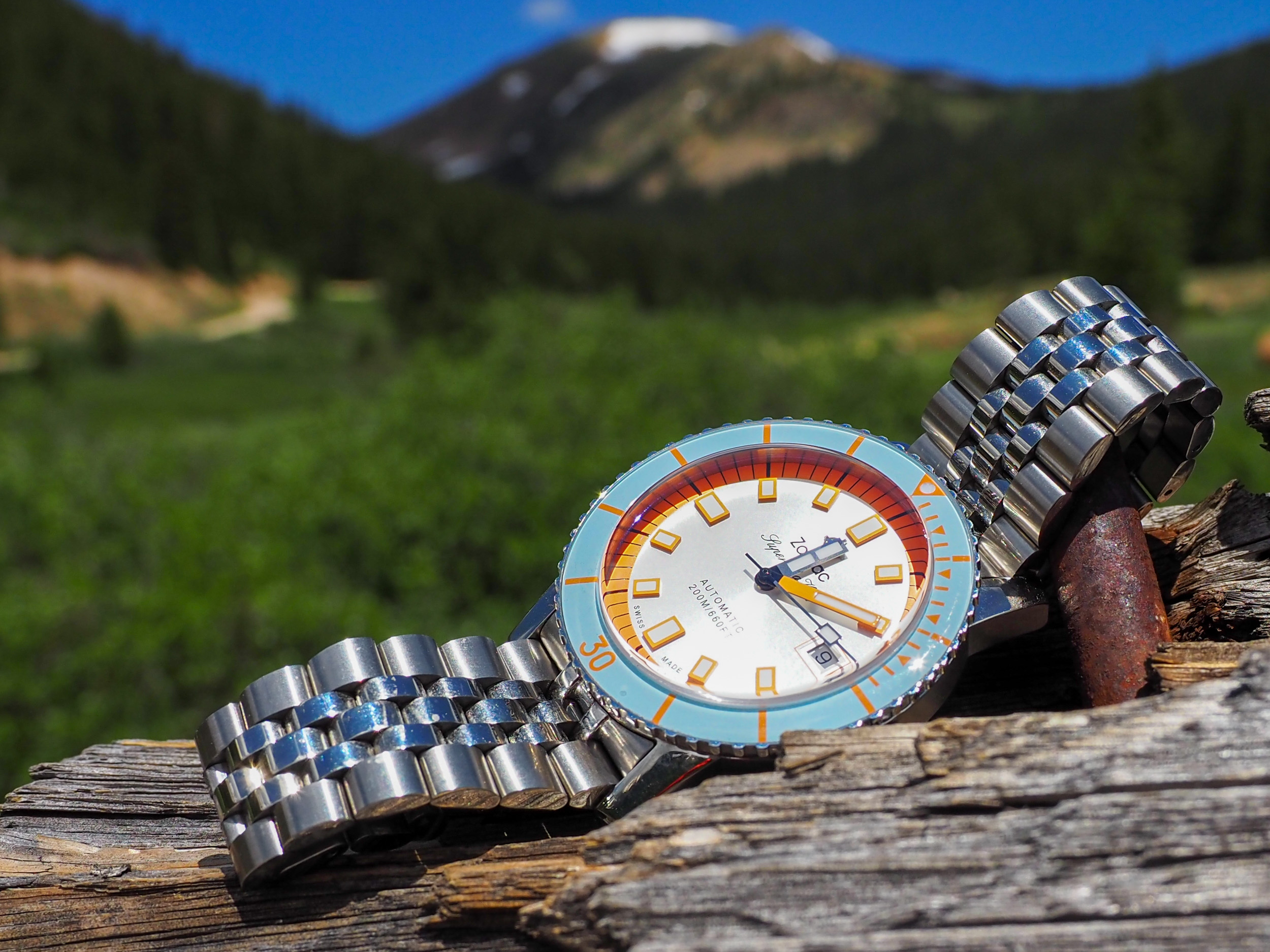For as much as I love wristwatches, I’m generally not a fan of wearable tech. Fitness trackers are fine, thanks to their slim profiles and minimalist approach. But when it comes to smartwatches, I’m the definition of a ‘hard sell.’
When Amazfit, a noted producer of these devices, reached out with the chance to test its new T-REX2 model ($230), I got to thinking. Challenging your preconceptions is a healthy thing to do. The future is here, after all, and maybe I’m the dinosaur in this particular equation.
I did some research and found that Amazfit is a sub-brand of China’s Huami Technology. And far from the fly-by-night fitness wearables offered in other spaces, its tech seemed to be generally well-regarded. I looked over the specs, sized up the design, and accepted the offer.
Here’s what I learned during the week the T-REX2 roamed my wrist.
In short: The Amazfit T-REX2 offers excellent value and utility. The feature set is strong, and the battery life is outstanding. Add in a hearty case and a rugged testing pedigree, and you’re left with a watch that just might win over the skeptics.
Amazfit T-REX2 Watch Review

The Specs
Amazfit offers a ton of data on the T-REX2, all of which can be found online. But let me hit some of the relevant highlights.
The watch measures a symmetrical 47.1 x 47.1 mm, with a height of 13.65 mm. The 22mm silicone strap and polymer alloy case combine for a weight of just 66.5 g and water resistance of 100 m.
Its array of sensors offers smart recognition of 15 strength training and eight sports movements. And the 500mAh battery can last up to 10 days under heavy usage or 24 days in typical situations.
To unleash all of this tech, buyers will need to download and sign up for the Zepp fitness app. It’s a functionally designed program, but I’m not too keen on the idea that you absolutely must have it to set up the watch. Once complete, I got to testing.
As a Fitness Device
If there’s a measurement that can be taken by pressing against your skin, chances are the T-REX2 has a readout for it. These can be scrolled through with ease, thanks to the watch’s 1.39-inch AMOLED screen.
I was impressed by its resolution and sensitivity, both of which functioned much smoother than anticipated. Navigating the menus was an easy process, and most of the options (both on the watch itself and through Zepp) are self-explanatory.

The step-tracker is a keystone among smartwatch enthusiasts. And, despite my grouching, I found this to be an interesting feature. I knew 8 hours on my feet resulted in a lot of steps, but I didn’t realize just how many.
Likewise, having a beats per minute tracker on my wrist was an interesting experience. I checked it frequently throughout the day, from relaxing on the couch to sweating at the gym.

Watch your grip, however. If, like me, you hold onto the heart rate sensor bars on the Stairmaster, something about the stabilization of your hands messes with the T-REX2’s pulse counter. For instance, it showed 71 bpm, while the machine showed more than twice that. Once I let my hands swing free, the smaller device became more accurate.
Sleep tracking is another popular tool. I’ve been a Scrooge about this, too, as I didn’t see the point in measuring my rest after the night was already past. I already know how I slept, so why do I need a device to confirm it? But, I’ll admit, it was neat to see the little graph and stat package that the T-REX2 put together.

T-REX2 as a Timepiece
In general, my comfort level with location tracking and biometric data is closer to the “tinfoil hat” crowd than I’d like to admit. For that reason, I kept the smartwatch untethered from my phone for a significant portion of this test. And left to its own devices, the T-REX2 performed surprisingly well.
Over a couple of days of wear, the battery never dropped below 50%. Consider this anecdotal, as I didn’t use many of the watch’s more-thirsty features. But I see no reason to doubt Amazfit’s stated figures.

Speaking of battery drain, one of the first changes I made was to activate the “Always On” mode. Because, dammit, when I have a watch on my wrist, I want to be able to see the time from any angle. And once the switch was thrown, the T-REX2 was completely functional. The variety of faces is nice, and the display is generally crisp and clear.
It is, however, not terribly accurate on its own. The untethered T-REX2 ran ±5 seconds per day, which isn’t great for a quartz timepiece.
There’s also the water issue. This Amazfit will bathe, but it won’t be happy about it. Each drop of water from the rain or shower will mess with the touch sensors unless you turn on the screen lock.
Conclusion
At the end of the day, I’m still not what I’d consider a smartwatch enthusiast. But that’s more of a “me” problem than a hardware issue. The Amazfit T-REX2 was a pleasant introduction to the genre, and I feel like I’m underselling the functionality here.
For $230, you’re getting an incredible amount of device per dollar. Just check out some of the modes and testing parameters listed on the company’s website. If you’re in the market for a capable, high-value smartwatch, do yourself a favor and check out the T-REX2.







